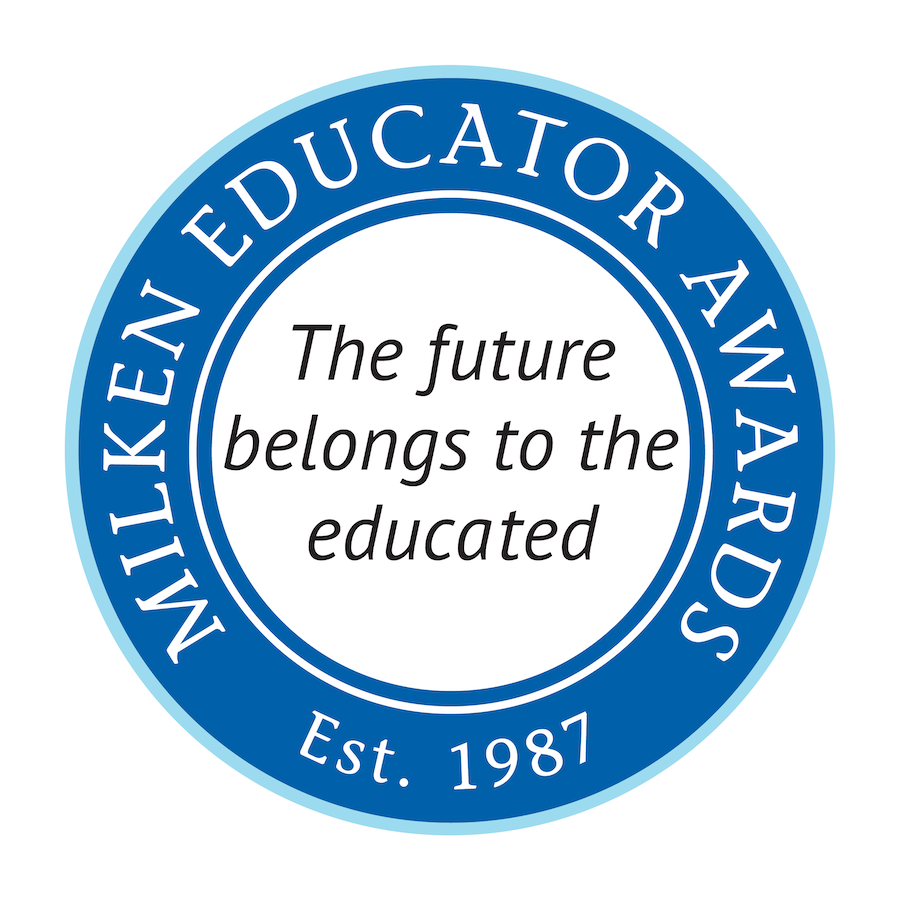Celebrating AAPI Heritage Month in the Classroom
May 11, 2021
Teach AAPI history
Social studies teachers are on the front lines when it comes to helping students understand the link between history and today’s anti-AAPI sentiment. “It may be difficult to read about these events or watch them in the news, but that's nothing compared to the lifetime of injustice that many others in our country—and often in our classrooms—have experienced,” says Brian Allman (WV ’19), who teaches sixth grade social studies at Buckhannon-Upshur Middle School. “As a history teacher, it's important to understand the systems in our country that have perpetuated inequality and racism, as well as the actions (and inaction) that have resulted in these present-day hate crimes. I think providing that type of historical knowledge to my students and fellow teachers is a way to support a better path forward.”
Many curricula gloss over AAPI history and fail to focus on AAPI perspectives and the lasting impacts of imperialism and war. AAPI students internalize the implication that their stories are less relevant than others in American history, leaving them to seek out resources on their own. A lack of in-depth education about AAPI history also leaves non-AAPI students to rely on media and stereotypes, which do not always offer accurate or nuanced portrayals of AAPIs. Teachers are not immune to the pitfalls of stereotypes either as many depict AAPIs as the “model minority”—quiet, submissive, well-behaved, good at math, ambitious, etc. and AAPI students who don’t fall into those categories may not get the support they need or the encouragement to pursue dreams that don’t fit that mold.
Ben Nguyen (NV ’19), who immigrated to the U.S. as a child from Vietnam, uses a variety of resources to introduce students to AAPI history, including film, media and his own personal story. “These have helped me offer a lens into the world of ‘Asian Americanism’ that many of my non-AAPI students seldom have a way into,” he says.
Some valuable online AAPI history resources:
- The Lowell Milken Center for Unsung Heroes (LMC) website features many heroes history books omit, including Kadambini Ganguly, the first Indian-educated female doctor who was also a women’s rights activist; Ralph Lazo, a Mexican American ally who opted to stay in a Japanese internment camp to stand in solidarity with his friends; and Minoru Yasui, a Japanese American lawyer who started the first Supreme Court case testing the constitutionality of Japanese internment during WWII.
- The Long History of Racism Against Asian Americans in the U.S. (PBS) details racism against AAPIs.
- Asian Americans (PBS) is a five-hour series that explores “the contributions and challenges of Asian Americans, the fastest-growing ethnic group in America.”
- What Pacific Islanders Want You To Know and What Mixed Race Asians Will Never Tell You (Buzzfeed) shares captivating stories from AAPI individuals about their identities.
Finding a local museum that features AAPI art, history, etc. would also make for a great field trip opportunity for your students. The Pacific Island Ethnic Art Museum has an outdoor exhibit, but if you’re not in the area, you can Google museums around you that would feature AAPI culture. The Smithsonian Asian Pacific American and New York University Virtual Asian American Art Museum are great online resources.
Don’t miss any new articles and updates from Milken Educator Awards:


